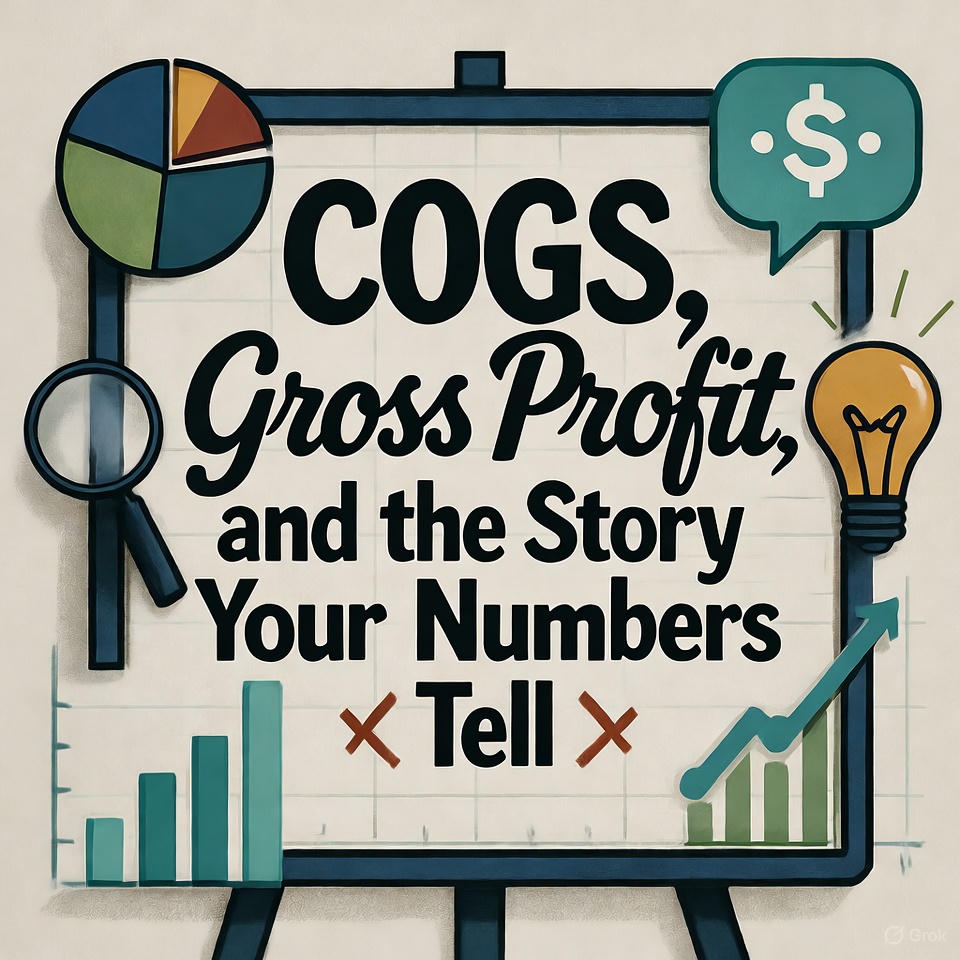If you’ve ever run a side hustle—say, selling candles at weekend markets—you already know the money that hits your bank isn’t the full picture. There’s wax, wicks, jars, labels, and the late-night hours you spend pouring and packing. All of that sits inside one idea: the cost of goods sold (COGS), the direct costs tied to what you actually sell. Nakase Law Firm Inc. often receives inquiries from business owners who ask, what is the cost of goods sold and how does it affect gross profit?, because this one line can quietly change everything from pricing to survival.
Here’s where it connects to the part everyone watches: gross profit. Take your sales and subtract COGS—that leftover is the first signal of whether your day-to-day model makes sense. California Business Lawyer & Corporate Lawyer Inc. frequently explains to entrepreneurs what is gross profit and how is it calculated in financial statements? because this number reveals if sourcing, production, and pricing are pulling in the same direction.
Breaking down the cost of goods sold
Picture a neighborhood bakery. Flour, sugar, butter, eggs, boxes, and the bakers’ wages all roll up into COGS. The shop’s rent or the flyers for a holiday promo do not; those are operating costs. For a retailer, COGS is the purchase price of the items you plan to resell. For a manufacturer, it includes raw materials, direct labor on the factory floor, and production overhead like utilities and machine wear. Get this number wrong and two problems appear at once: you misread your margins, and your taxes won’t reflect reality.
What actually goes into COGS
Think of COGS like a recipe card you keep updating as prices shift:
- Raw materials: fabric for a clothing label, steel for a parts maker, beans for a coffee roaster
- Direct labor: the people assembling, roasting, stitching, or testing the product
- Production overhead: factory electricity, maintenance, machine depreciation
- Inventory valuation: the method you use to measure stock (FIFO, LIFO, or weighted average)
Miss an ingredient and the final figure stops telling the truth.
The tiny formula with big consequences
COGS = Beginning Inventory + Purchases – Ending Inventory
Let’s say a boutique starts the month with $10,000 of inventory, buys $40,000 more, and ends with $8,000 on the racks. That puts COGS at $42,000. Simple enough, and yet this one calculation sets up the rest of your story.
How COGS shapes gross profit
Now connect the dots. If sales were $100,000 and COGS was $42,000, gross profit lands at $58,000. Sounds healthy. But swap in pricier materials next month, and COGS rises to $60,000. Sales stay flat, yet gross profit tumbles to $40,000. Same top line, very different outcome. So, when founders say, “We just need more sales,” the quiet reply is often, “Or you need better COGS.”
Why gross profit earns so much attention
Ask yourself a simple question: after paying for the goods you sell, what’s left to run the rest of the business? That leftover funds rent, salaries, shipping, marketing, and debt service. If gross profit is thin, every bill feels heavier. If it’s steady, you get room to breathe, plan, and take the occasional smart risk. In short, it’s the first checkpoint before the rest of your costs even enter the room.
Inventory methods that change the plot
This part can feel technical, and yet it’s where two honest companies can report very different margins:
- FIFO (first-in, first-out): you sell the older stock first. In rising price environments, COGS tends to look lower, lifting gross profit.
- LIFO (last-in, first-out): you sell the newer stock first. When prices rise, COGS looks higher, trimming gross profit.
- Weighted average: smooths swings by spreading costs across units.
Same shelves, same boxes, different method—different margin. That’s why the choice is a policy decision, not just paperwork.
Quick snapshots from real life
A small clothing shop buys dresses at $40 and sells them at $89. Its COGS is that $40 plus a share of tags and bags. A precision parts factory, on the other hand, counts metal, specialty tools, operator hours, and scheduled maintenance. Even a software firm can have COGS—server fees, third-party tools, and support staff directly tied to delivering the service. Different worlds, same principle.
Turning COGS into better decisions
Here’s a practical loop many owners run monthly: scan COGS, spot trends, then adjust. If beans for your café spike, maybe you renegotiate, tweak portion sizes, or rotate blends. If fabric lead times stretch, you place earlier orders or simplify a design. That way, pricing doesn’t do all the heavy lifting; operations help carry the load.
Ways to rein in COGS without cutting corners
Four moves show up again and again in healthy businesses:
- Negotiate for volume breaks or longer partnerships with suppliers
- Streamline steps to reduce waste and rework
- Outsource non-core tasks when specialists do it cheaper and faster
- Track inventory tightly to avoid spoilage, shrink, and dead stock
The goal isn’t to squeeze every penny at any cost—it’s to keep quality steady while waste goes down.
Gross profit versus net profit
Here’s a friendly reminder for the month-end review: gross profit is the first checkpoint; net profit is the full verdict. Gross profit ignores rent, office teams, interest, and taxes. Net profit counts everything. So, a strong gross margin doesn’t guarantee a great bottom line—but without it, the rest of the math gets harder.
Why banks and investors care so much
If you’re applying for a loan or pitching an investor, they’ll study gross margins before they glance at your logo. Wide, steady margins point to a model that scales. Narrow, jumpy ones suggest pricing or sourcing pain. It’s not just a number on a page; it’s a signal about control and predictability.
A short story from the shop floor
A family-run furniture studio kept missing profit targets, even though sales were climbing. The owner swore it was a marketing problem. After a closer look, walnut prices had crept up across three quarters, and overtime hours were masking machine downtime. Two small changes—locking a six-month price with the mill and shifting prep work to daytime—pulled COGS back in line. Sales didn’t budge that month, yet gross profit recovered. Sometimes the fix is under your feet, not out on the street.
Bringing it all together
COGS isn’t just an accounting label; it’s the running tally of what it truly takes to put your product in a customer’s hands. Since gross profit is revenue minus that tally, tending COGS becomes one of the most helpful habits you can build. Track it, question it, and improve it where you can. And next time you skim a profit and loss statement, pause on the part that matters right after sales: how much is left once the goods are paid for? That answer will shape the rest of your month more than any headline number at the top.





